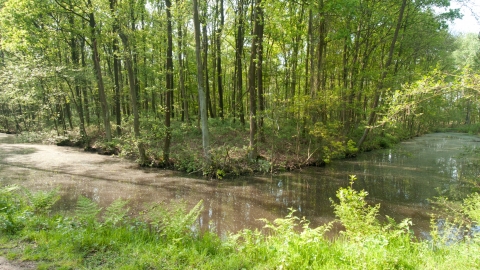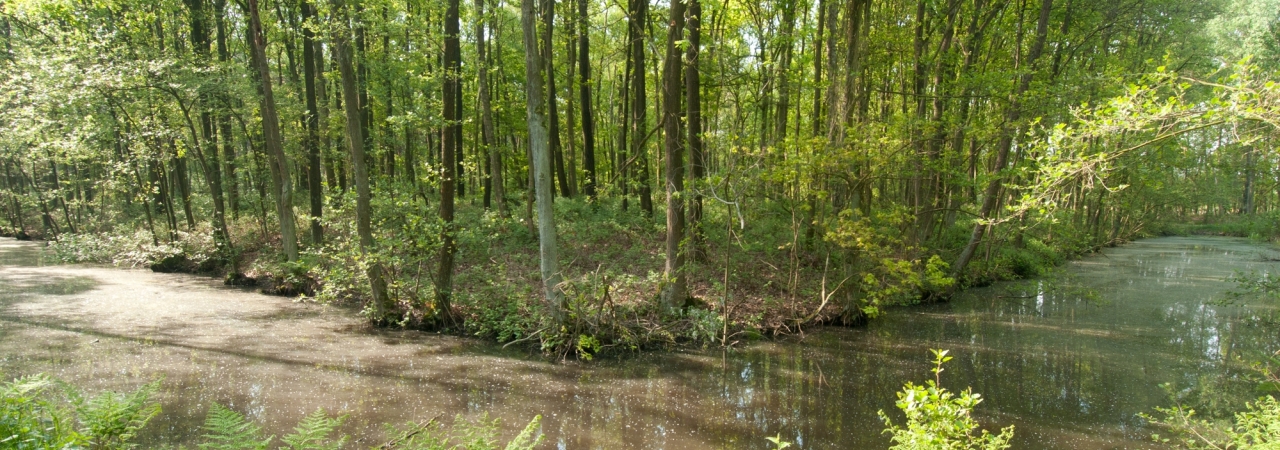In the Stropersbos, we find several tangible remains of the Bedmar line. Between 1702 and 1713, a new European conflict was fought after the childless Spanish king appointed the grandson of his French colleague Louis XIV as his successor. On the eve of this War of the Spanish Succession, the Marquis of Bedmar quickly set to strengthening the border. He restored old defence works and built new forts in strategic places. The forts were linked with each other by waterways and defence dykes. The Bedmar line ran from Nieuwpoort to Hoei, but the north of the Waasland received special attention in view of the danger from enemy attacks from Hulst.
From Stekene, the line ran in a northerly direction along the Stekense Vaart. Level with the Paal in Kemzeke, the line curved to the east. At this strategic place, the engineers built the Sint-Jan fort on the remains of a small fort from the Eighty Years’ War. This large square fort is relatively well preserved on the western entrance of the Stropersbos, but today it is crossed by the busy road from Hulst to Sint-Niklaas. From Sint-Jan fort, the Bedmar line ran diagonally across the Stropersbos. The defences here consisted of a wide wet canal and an earthen embankment several metres high with triangular redans at regular intervals. The line canal was well preserved at a number of places in the wood. Some years ago, a short piece of the line embankment was reconstructed as part of the Stropersbos conservation project.

